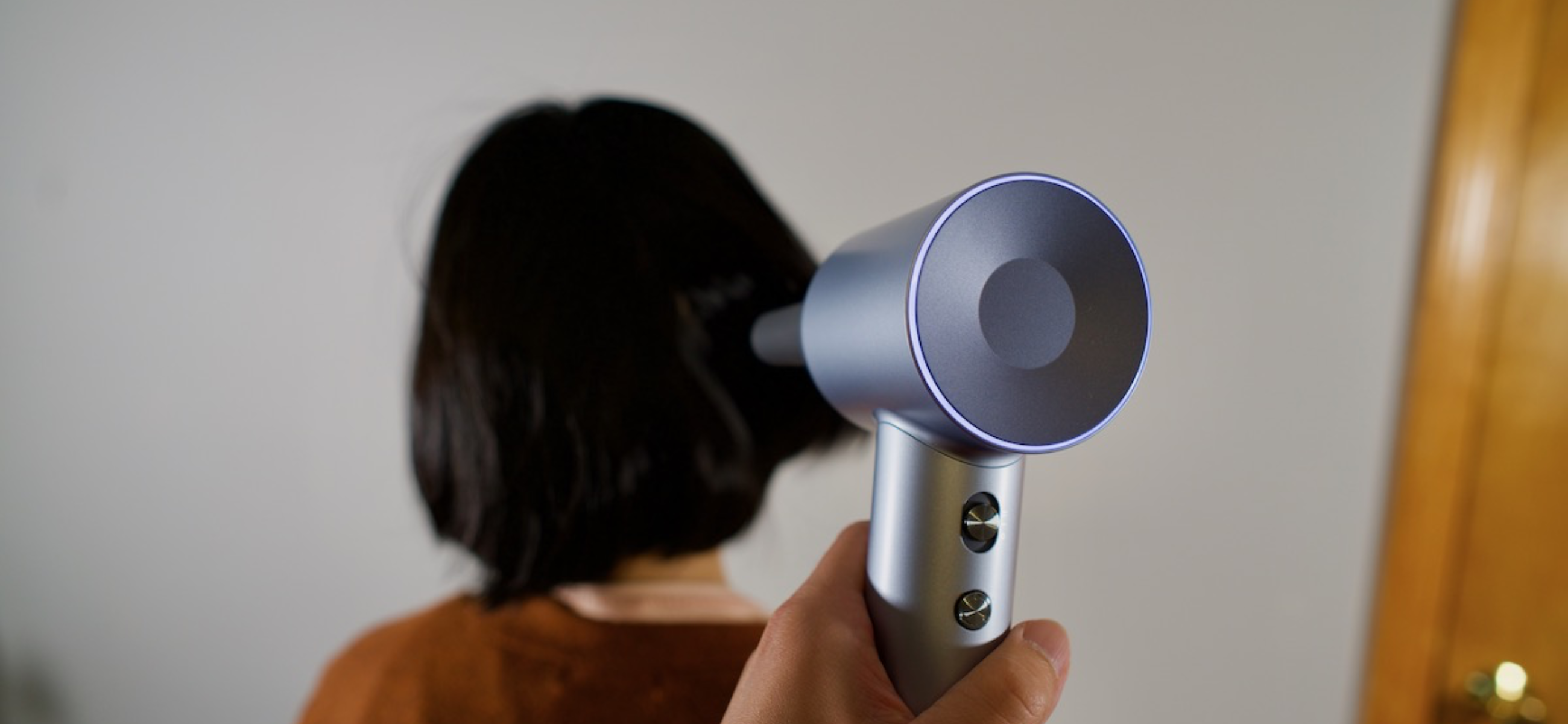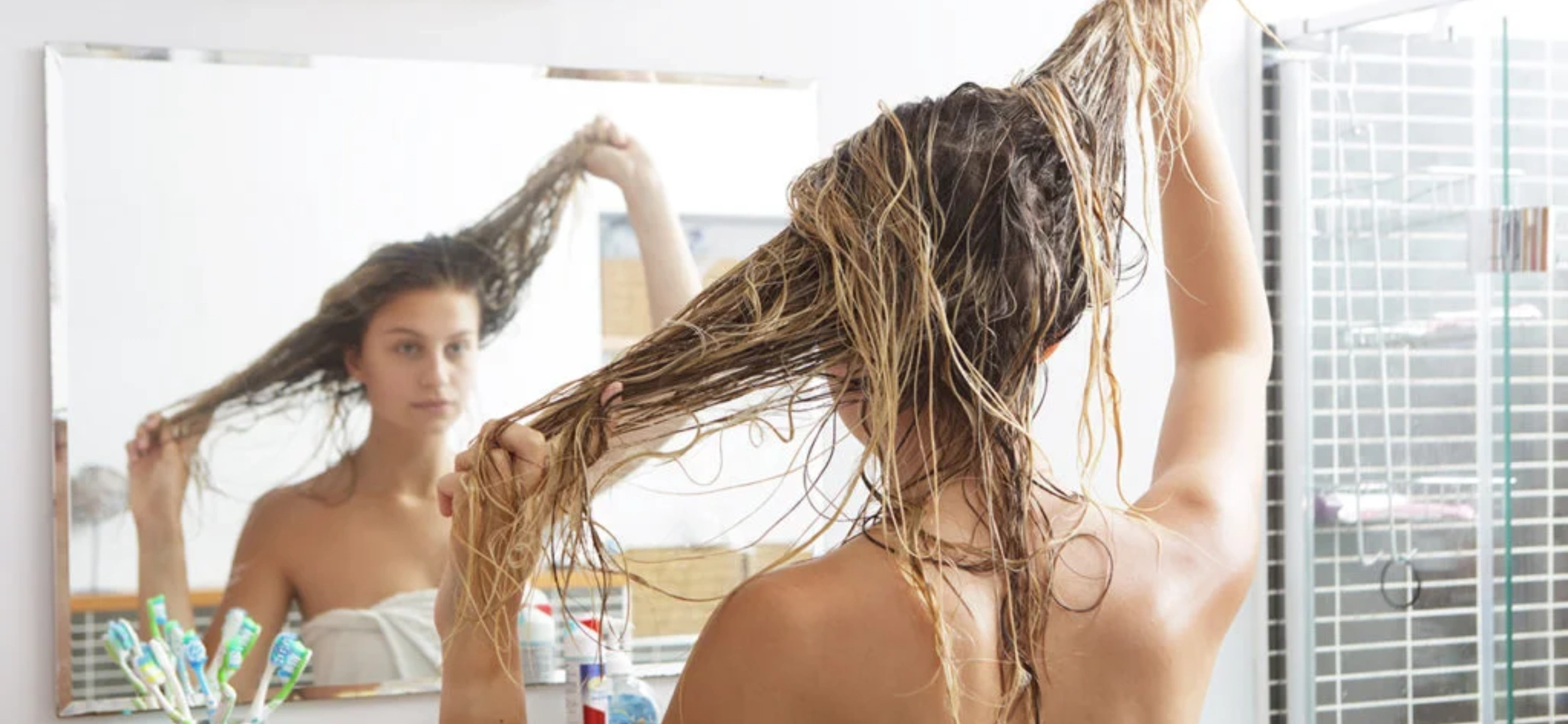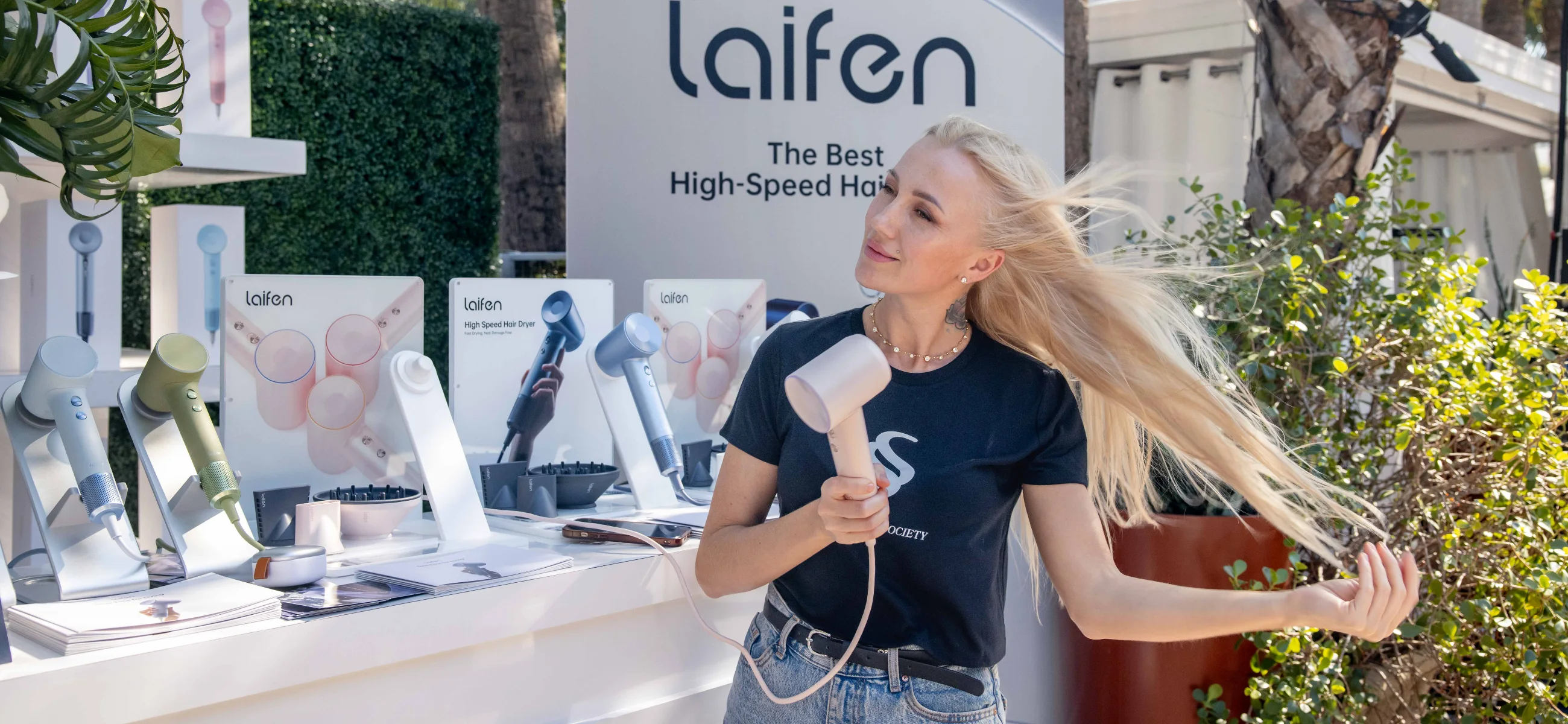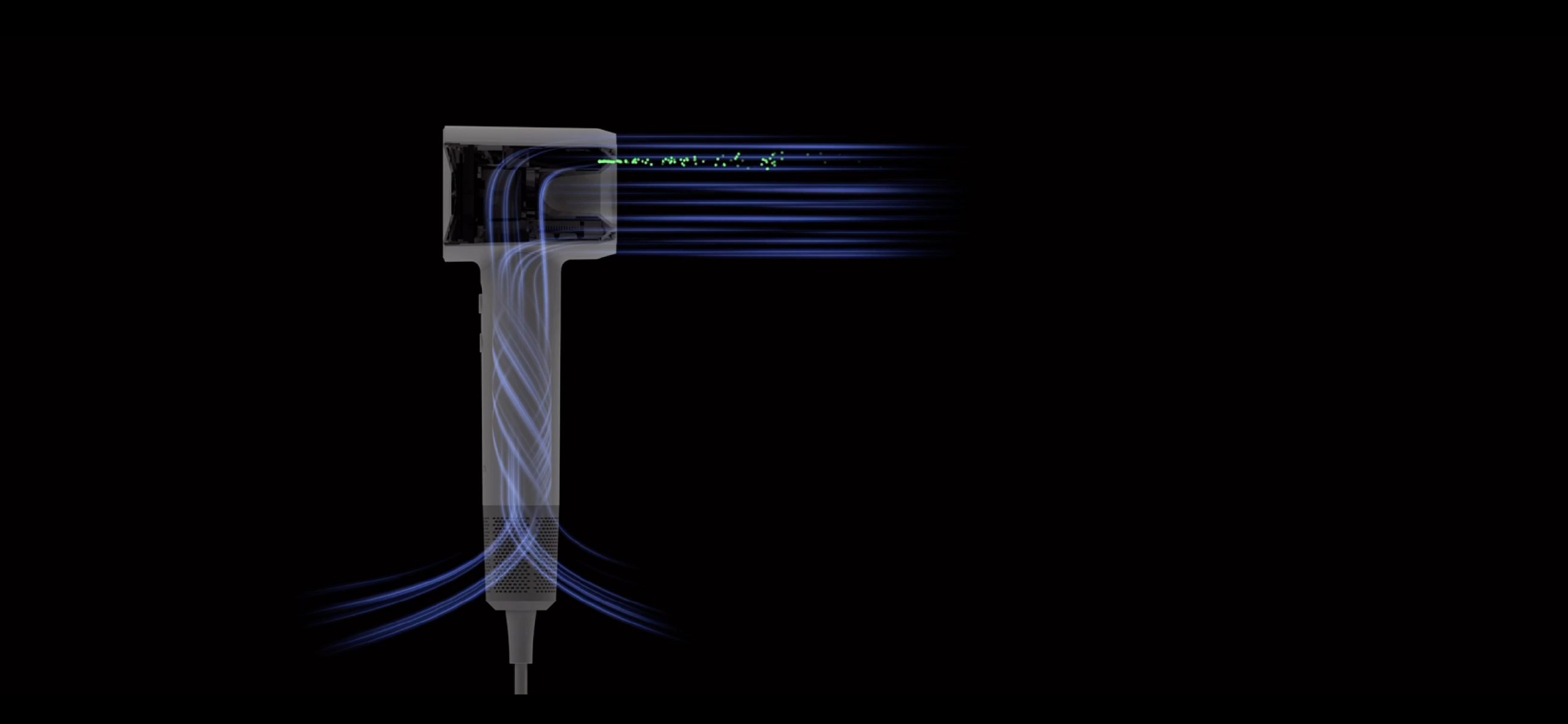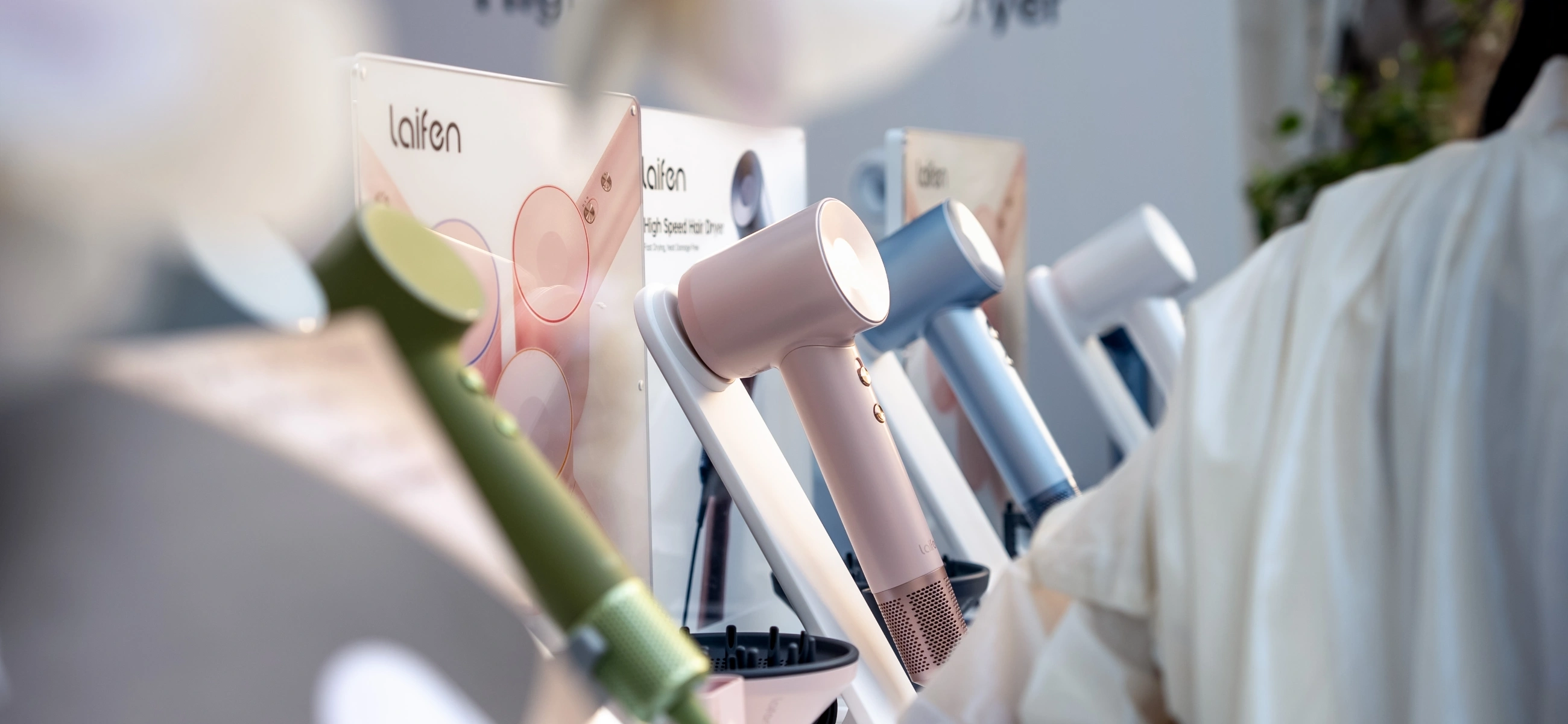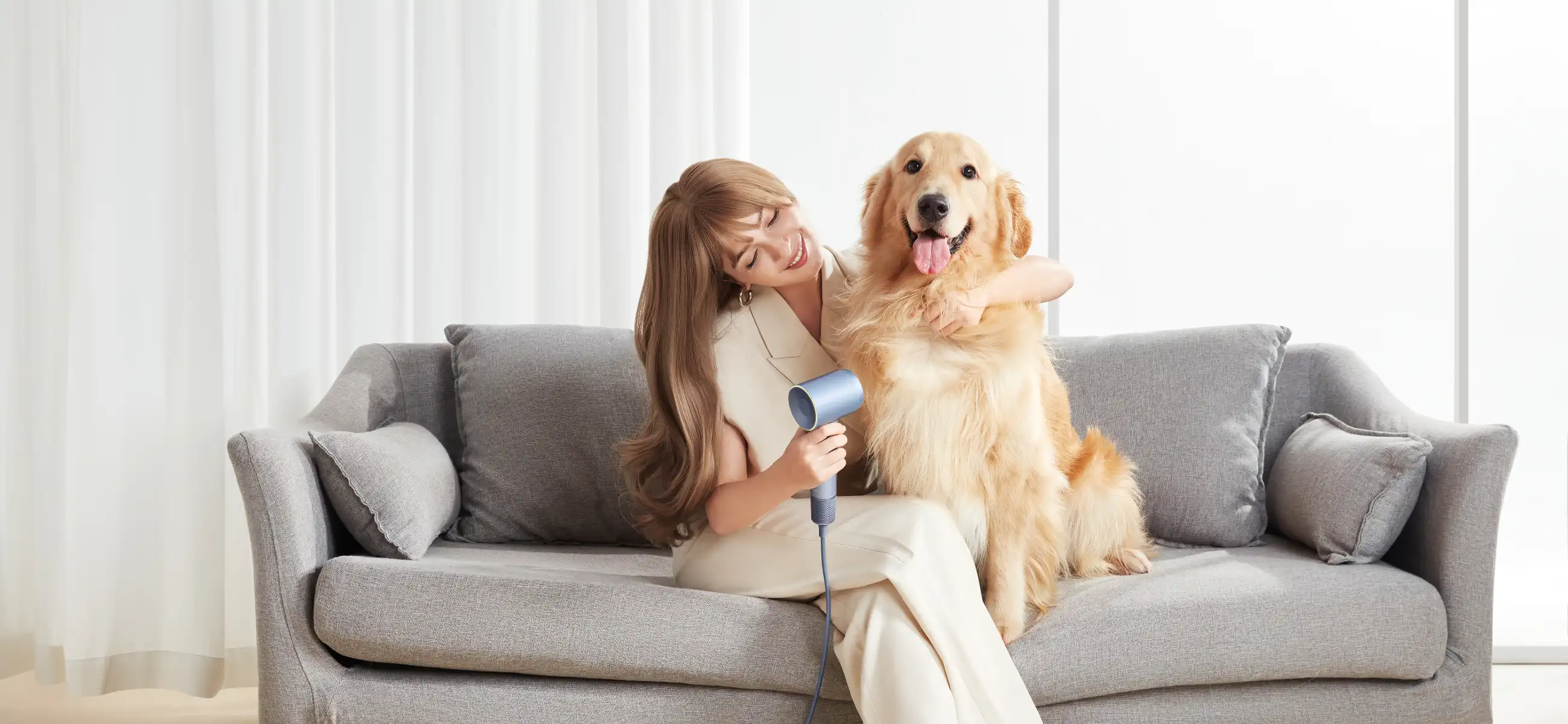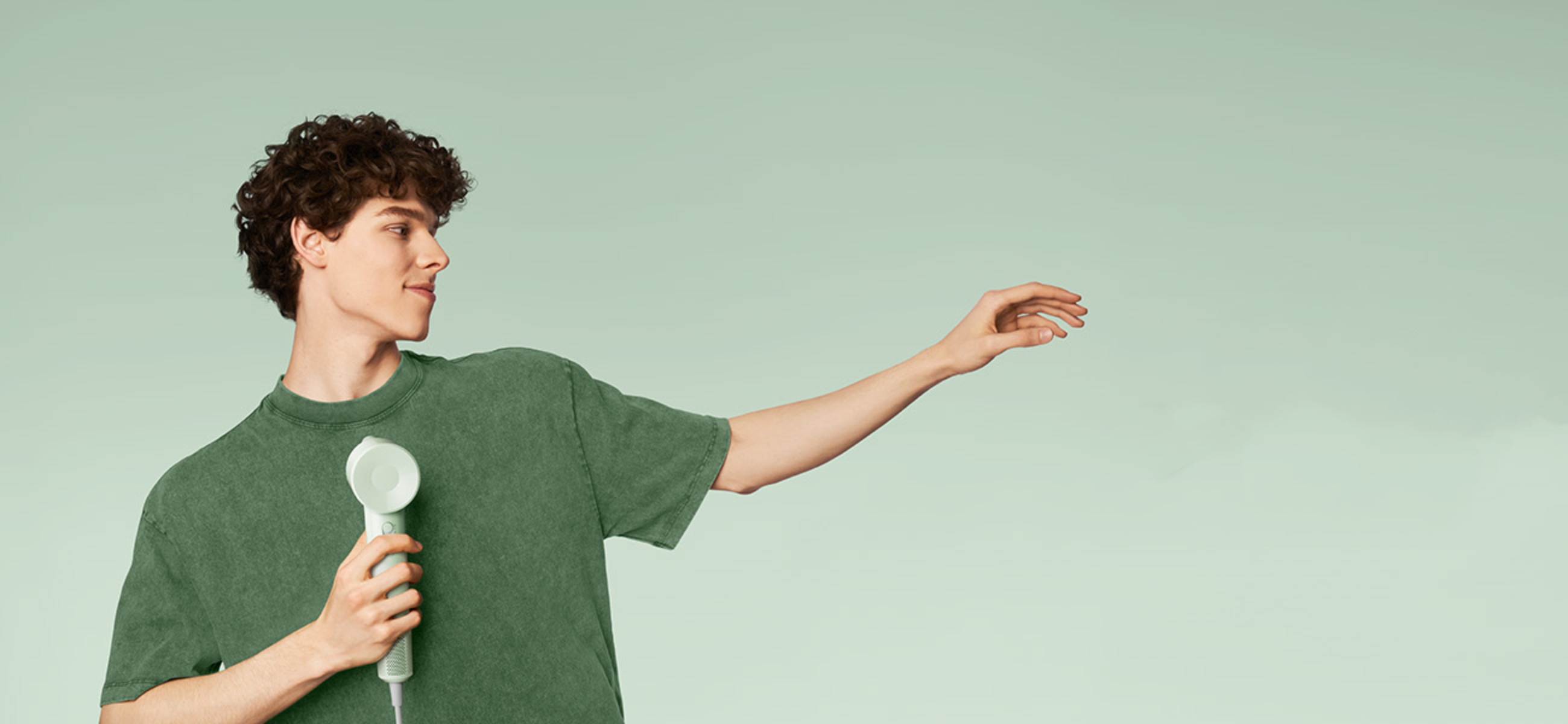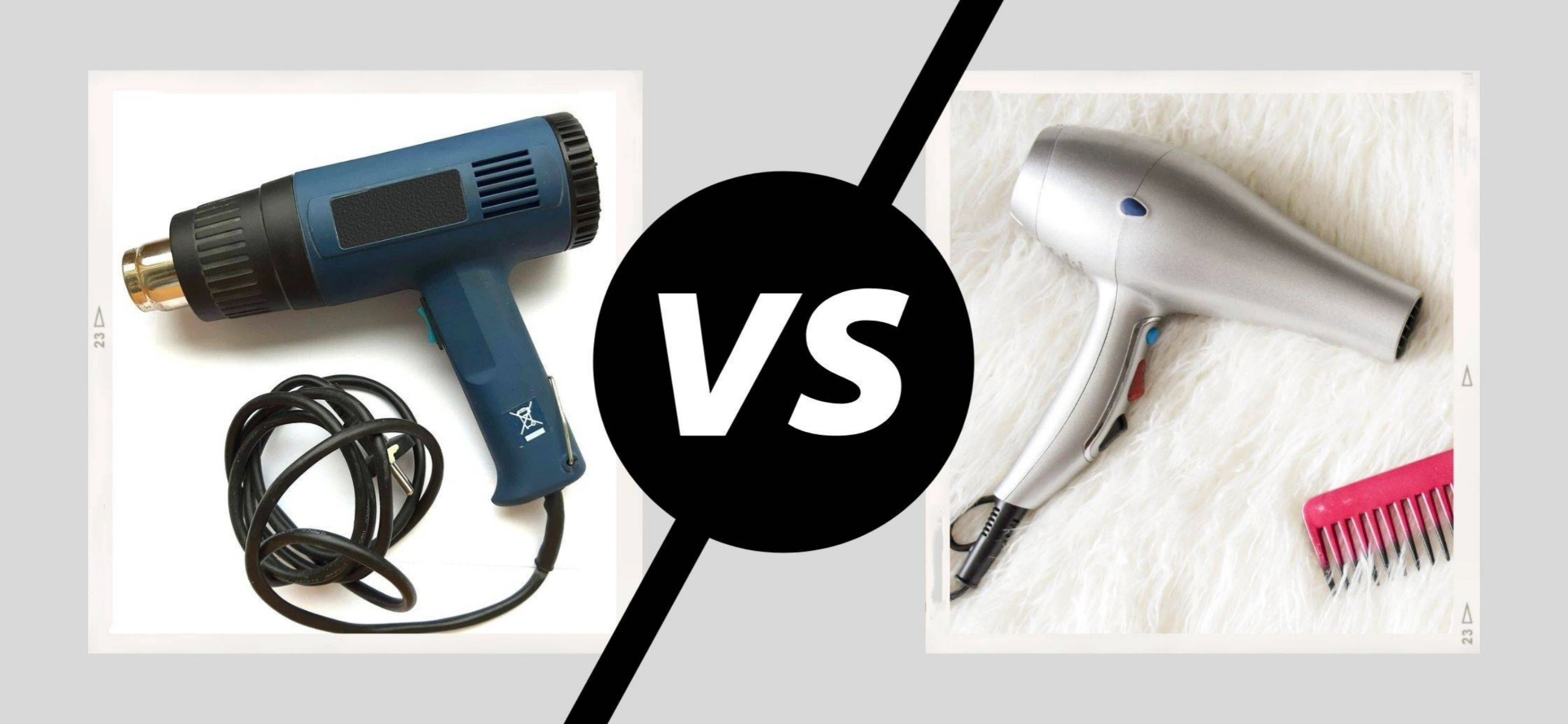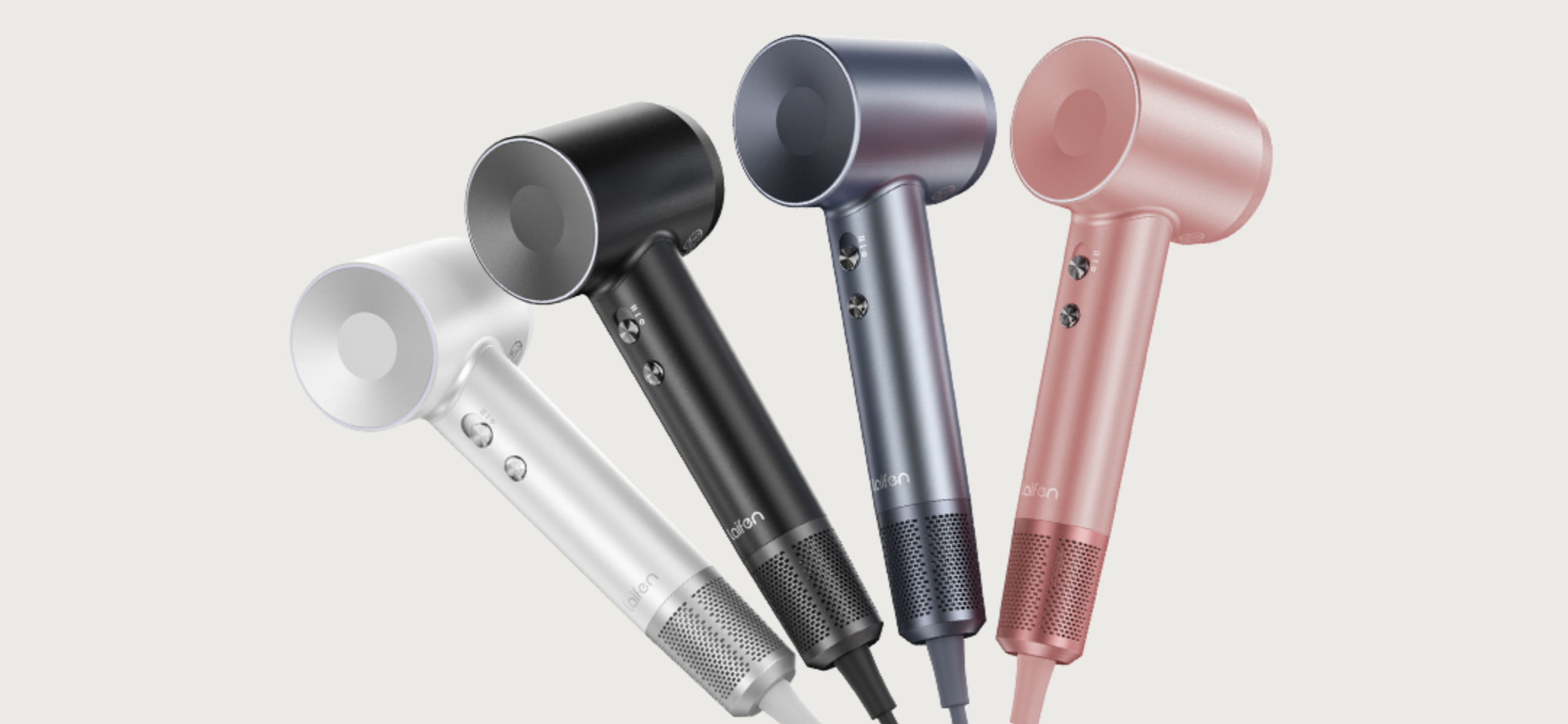The simple answer is no, the Laifen hair dryer does not cause heat damage, thanks to its smart temperature control and negative ionic technology. But let’s swim a little deeper. Many users are curious about how these technologies work and why other hair dryers might cause heat damage. They also want to know how to recover if their hair has already been damaged.
Laifen hair dryers use smart temperature control that continuously monitors and adjusts the heat to ensure it never gets too hot. This prevents the dryer from overheating your hair, which is a common issue with many other models.
On the other hand, many traditional hair dryers can cause heat damage because they lack these advanced features. They often blow hot air directly onto your hair, leading to dryness, split ends, and breakage. By understanding these differences, you can make informed choices to keep your hair looking and feeling its best.
Why does a normal hair dryer cause heat damage?
As someone who has spent years understanding hair care, I can tell you that traditional hair dryers often cause heat damage for several reasons. First and foremost, these dryers usually lack advanced temperature control. They blow hot air at a consistent, high temperature directly onto your hair. Without the ability to monitor and adjust the heat, it’s easy for the dryer to overheat your hair, leading to significant damage. This excessive heat strips your hair of its natural moisture, leaving it dry, brittle, and prone to breakage.
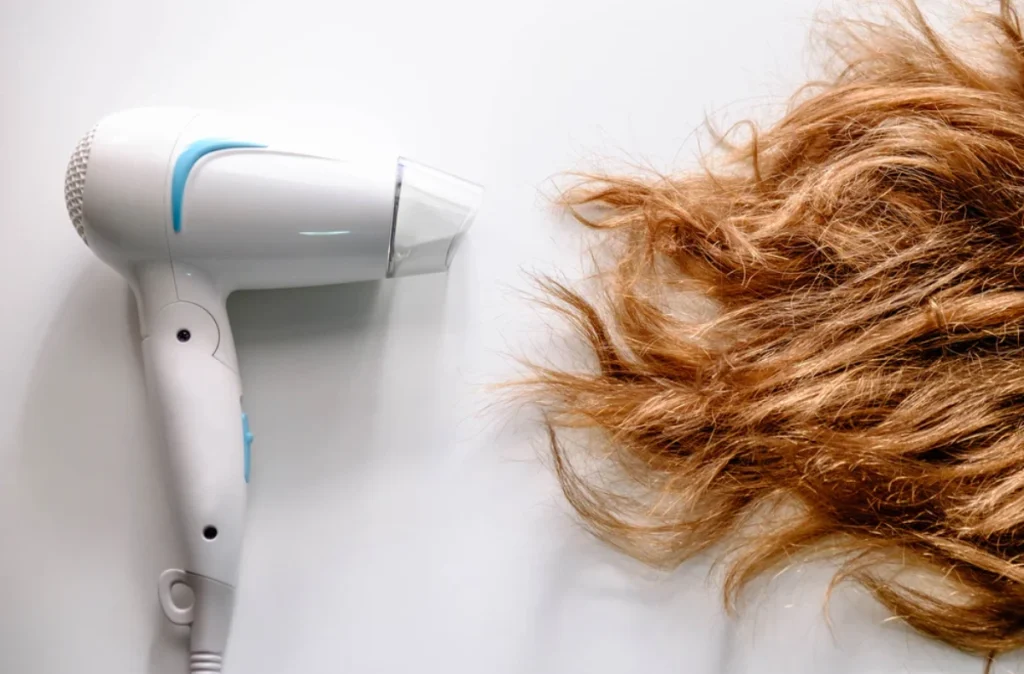
Another major issue is the absence of ionic technology in many conventional hair dryers. Negative ions play a core role in hair care by giving out water molecules and helping to seal the hair cuticle. Without this technology, traditional dryers can leave the hair cuticle open, resulting in a rough texture. When hair is exposed to high heat without the benefit of negative ions, it becomes more vulnerable to damage.
Additionally, the airflow in standard hair dryers is often uneven. This means certain areas of your hair might receive more heat than others, causing an inconsistent drying process. Some sections of your hair might become overheated while others remain damp. This uneven distribution of heat can weaken the hair shaft over time, so you will find evident split ends and breakage.
Which hair dryer is the least damaging to thin, fine hair?
Below is a comparison of various types of hair dryers and their impact on thin, fine hair. This will help you understand why an ionic hair dryer is the best choice for minimizing damage.
| Description | Impact on thin, fine hair | |
| Traditional hair dryer | Basic models without advanced features. | High heat and uneven air flow can cause dryness and breakage. |
| Ceramic hair dryer | Uses ceramic heating elements to distribute heat more evenly. | Gentler on hair but can still cause damage if used at high temperatures. |
| Tourmaline hair dryer | Emits negative ions and infrared heat for a smoother finish. | Better for reducing frizz but still not the best for fine hair. |
| Ionic hair dryer | Produces negative ions to break down water molecules and lock in moisture. | Most recommended for thin, fine hair; saves drying time and prevents heat damage. |
| Infrared hair dryer | Uses infrared light to penetrate the hair shaft and dry hair from the inside out. | Flattering drying but can be slower; better than traditional dryers. |
Why? No heat damage and frizz with Laifen hair dryers!
As someone who’s spent decades mastering the art of hair care, I can confidently say that Laifen hair dryers are a godsend for preventing heat damage and frizz. Living in New York, where the weather can wreak havoc on your hair, I’ve seen firsthand how Laifen’s advanced technology makes all the difference.
Intelligent thermo control
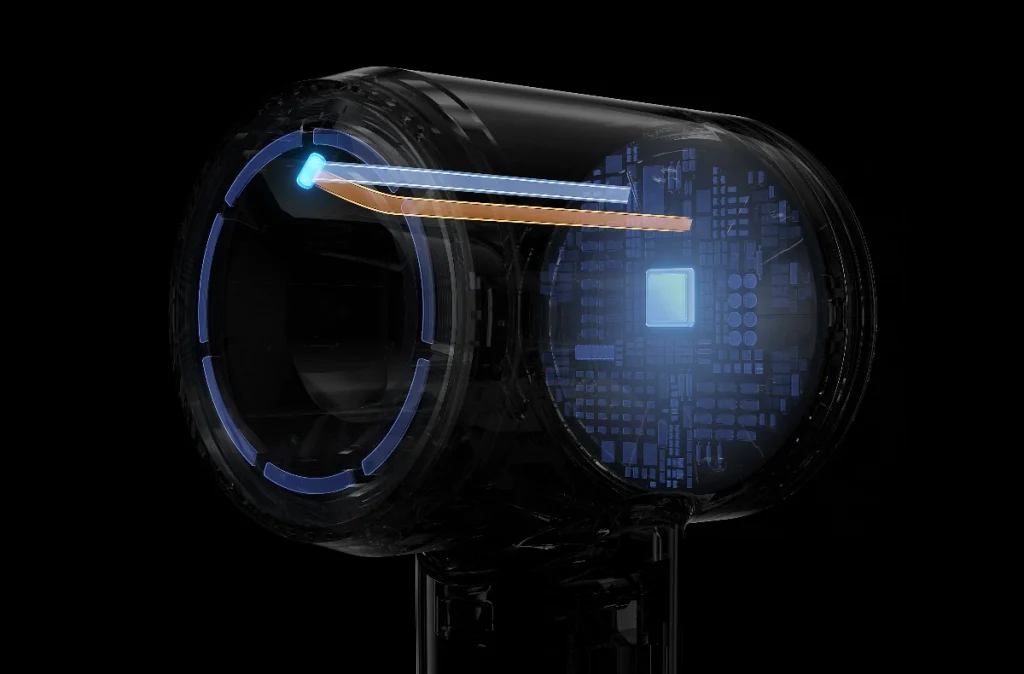
One of the standout features of Laifen hair dryers is their intelligent thermo control. These dryers come with a built-in microprocessor intelligent chip that incorporates an advanced temperature sensor. This sensor monitors the air temperature 100 times per second. Imagine having a personal hair guardian ensuring the air temperature remains stable and never too hot. This real-time monitoring means your hair is protected from the damaging spikes in heat that are common with traditional dryers.
Keys:
- The sensor constantly calibrates the air temperature to maintain a consistent, safe heat level
- By preventing excessive heat exposure, it protects your hair from getting scorched
- The even distribution of heat provides faster drying without causing damage
Negative ion technology
Laifen hair dryers are also equipped with a billion-level negative ion generator. These negative ions are essential in neutralizing the static electricity generated during blow drying, which is a common culprit of frizz and flyaways. The ions help to smooth down the hair cuticle, locking in moisture and leaving your hair shiny and smooth.
Keys:
- Negative ions neutralize static, lessening flyaways
- They smooth the hair cuticle, resulting in a sleek, shiny finish
- By locking in moisture, they keep your hair hydrated and less prone to dryness
Symptoms of damaged hair
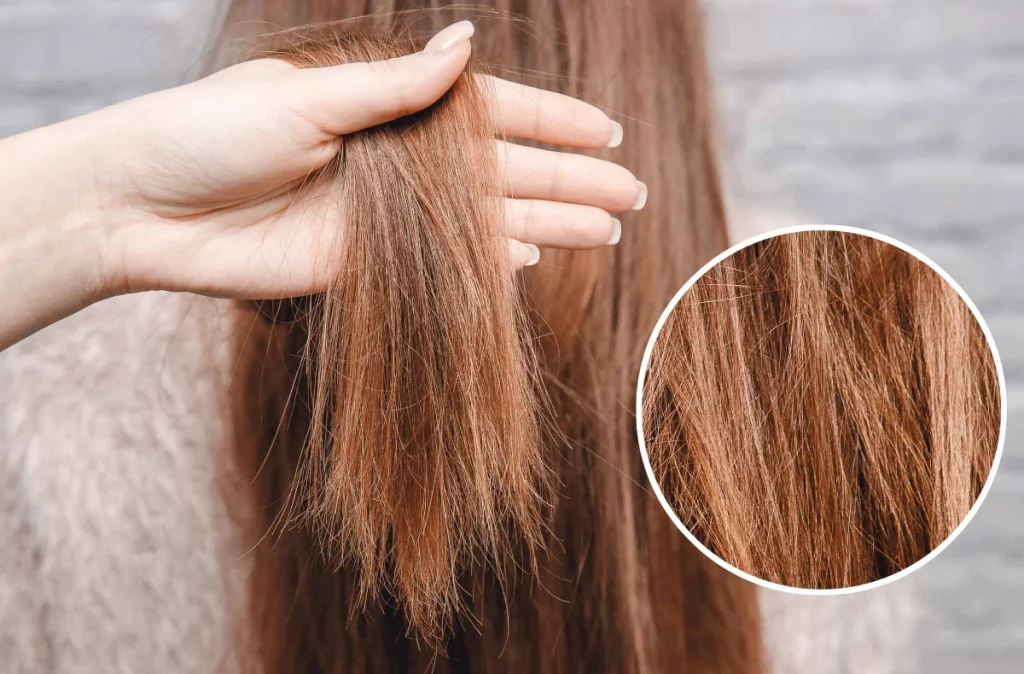
- Dryness: Hair that feels excessively dry and brittle to the touch is a clear indicator of damage. It often lacks the natural oils that keep it moisturized.
- Split ends: The tips of your hair splitting into two or more strands is a classic symptom of damage, often caused by over-styling, heat, or harsh chemicals.
- Breakage: If your hair breaks easily when you brush or comb it, or if you notice short, broken strands on your clothes or pillow, it’s a sign of weakened hair.
- Frizz: Excessive frizz, especially in normally smooth hair, can indicate damage. Damaged hair has raised cuticles, making it more prone to frizz.
- Dullness: Healthy hair reflects light and appears shiny. If your hair looks dull and lifeless, it could be due to damage that prevents it from reflecting light properly.
- Tangles and knots: Damaged hair tends to get tangled and knotted easily because the cuticles are rough and don’t lie flat.
- Loss of elasticity: Hair that doesn’t spring back when stretched or feels mushy and limp when wet is a sign of lost elasticity, indicating damage.
- Scalp issues: A damaged scalp can lead to hair problems. Look out for symptoms like excessive dryness, flakiness, or itchiness on your scalp.
- Color fading: For those with color-treated hair, damaged hair often loses color quickly and may appear uneven or faded.
- Lack of volume: Damaged hair often looks flat and lacks the natural bounce and volume of healthy hair.
How to recover if I have used a hair dryer that caused damage to my hair?
If you’ve been using a hair dryer that has left your hair damaged, don’t worry—there are ways to restore your hair’s health. Here are four detailed suggestions to help you recover from heat damage.
1. Deep conditioning treatments
One of the best ways to repair damaged hair is through routine deep conditioning treatments. These treatments penetrate the hair shaft to deliver essential nutrients and moisture that your hair desperately needs.
Details:
- Frequency: Aim to deep condition your hair at least once a week. For severely damaged hair, twice a week might be beneficial.
- Product choice: Look for deep conditioners that contain ingredients like keratin, argan oil, coconut oil, and shea butter. These ingredients help to strengthen and hydrate the hair.
- Application: Apply the deep conditioner to clean, damp hair. Use a wide-tooth comb to distribute the product evenly, ensuring every strand is coated. Cover your hair with a shower cap and leave it on for at least 20-30 minutes. For an extra boost, wrap a warm towel around your head to help the conditioner penetrate more deeply.
2. Trim the damaged ends
Damaged ends can make your hair look unhealthy and can continue to split up the hair shaft. Regular trims help to remove these damaged sections and prevent further breakage.
Details:
- Frequency: Get a trim every 6-8 weeks to keep your hair looking fresh and healthy.
- Professional help: Visit a stylist who can identify and cut off the damaged parts of your hair without taking off more length than necessary.
- At-home care: If you notice split ends between salon visits, you can use hair scissors to trim them carefully. Always cut just above the split to prevent further damage.
3. Reduce heat styling
Giving your hair a break from heat styling tools like hair dryers, straighteners, and curling irons is recommended for recovery. Let your hair air-dry as often as possible and embrace your natural texture.
Details:
- Air drying: After washing, towel dry your hair and let it air dry. If you need to speed up the process, use a towel or an old t-shirt to absorb excess moisture without causing frizz.
- Heat protectants: When you do use heat styling tools, use a heat protectant spray or serum to shield your hair from high temperatures.
- Lower heat settings: If you must use a hair dryer, keep it on the lowest heat setting and use a nozzle to direct the airflow. Hold the dryer at least six inches away from your hair.
4. Nourishing hair masks and oils
Incorporating hair masks and oils into your hair care routine can provide extra nourishment and help repair damaged hair. These products are packed with vitamins and fatty acids that can restore shine and strength.
Details:
- Hair masks: Use a nourishing hair mask once a week. Ingredients like honey, avocado, and egg yolk can be very beneficial. Face the mask to your hair and leave it on for 30 minutes before rinsing thoroughly.
- Oils: Oils like argan oil, coconut oil, and olive oil can be used as leave-in treatments. Absorb a small amount to the ends of your hair after washing to lock in moisture and protect against further damage.
- Scalp care: Don’t forget your scalp! Massaging oils into your scalp can improve blood circulation and promote healthy hair growth. Use oils like castor oil or peppermint oil for their stimulating properties.
Conclusion
The Laifen hair dryer, with its smart heat control, tackles the root cause of heat damage by ensuring a consistent, safe temperature for your hair. This advanced technology helps prevent much more damage caused by high heat. However, what’s more important for you right now is not just knowing that Laifen can prevent future damage, but also understanding how to fix the current state of your hair. Feel free to explore more of our content to find the tips and tricks that will best help you restore your hair to its healthiest state.

